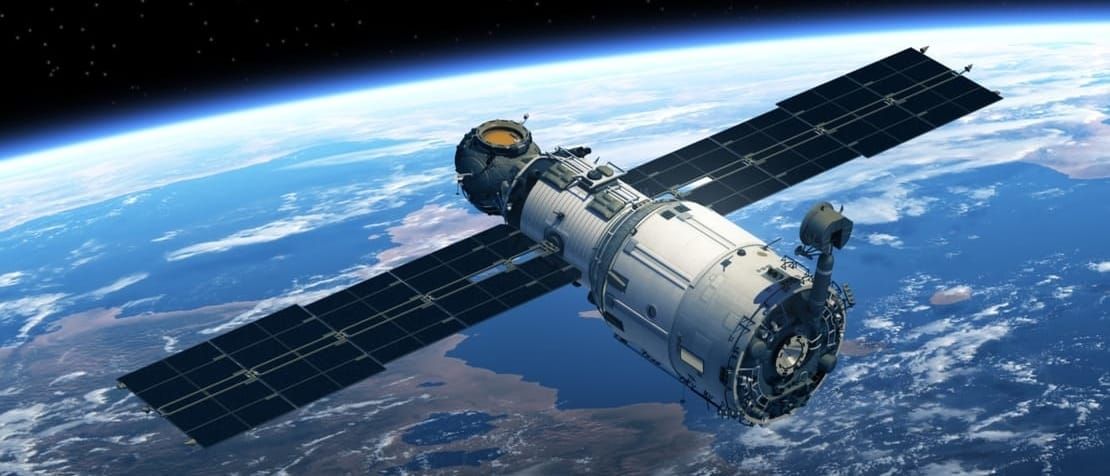
Water and the Data Cube Revolution: Analysis-ready satellite data for better decisions
Every day satellites are orbiting the Earth and generating a massive amount of Earth observations data – much of which is left unused. As the amount of available open data grows exponentially, analysts have become unable to handle these raw datasets with traditional methods and technology.
The way we manage data for public use must evolve to more fully exploit existing satellite data resources. One promising solution is the Data Cube: a revolutionary way of handling, storing and calibrating massive datasets.
The Data Cube: a new way of handling satellite data
A Data Cube is an open source framework in which satellite imagery datasets are organized for a geographic area over a specified time period. Users can inspect changes to any area over any timespan covered by the ingested datasets. Open source algorithms are then applied, allowing for analysis of particular data – including on vegetation, land use, water coverage and quality, and urban expansion.
Without the Data Cube, satellite imagery is downloaded, analyzed and provided to users on a custom basis. This process is slow and expensive, and serves a single purpose each time.
With the Data Cube, information becomes accessible more quickly, and the burden of data preparation is removed.
The Data Cube makes data analysis easier and reduces the overall cost for users – streamlining data distribution while lowering the technical barriers of managing huge amounts of data.
The Group on Earth Observations (GEO) views the Data Cube as the future of the industry, with immense potential to contribute to sustainable development efforts.
“There is little doubt that the recent work on Data Cubes will revolutionize how we view, model and analyze the Earth,” says Barbara Ryan, Director of the GEO Secretariat, “[Data Cubes] are at the confluence of three major advancements – widespread availability of entire archives of satellite data including those of the Landsat – and Sentinel-series satellites, the advent of Analysis Ready Data, and the tremendous computing power that now exists globally. There is no better time for our community to be asked to help deliver the Sustainable Development Goals than right now.”
The First Data Cube: Out of Australia
In 2014, for the first time ever, the Australian Geoscience Data Cube made over 30 years of NASA Landsat satellite imagery available, spanning the entire continent (over 240,000 scenes) at a resolution of 25 square meters. The Australian Data Cube now ingests 80 satellite scenes every 16 days. This is the first time that an entire continent’s geographical and geophysical attributes have been made available and analysis-ready to researchers and policy advisors.
The Open Data Cube (ODC) initiative, a collaboration initiated by the Committee on Earth Observation Satellites (CEOS) – GEO’s space-coordinating arm, is working to increase the value and impact of global Earth observation satellite data by supporting the development and use of Data Cube technology globally.
There are currently four operational Data Cubes in Australia, Colombia, Switzerland, and Taiwan, province of China, and a new African Regional Data Cube covering Kenya, Senegal, Sierra Leone, Ghana and Tanzania expected by May 2018. Five more Data Cubes are under development in, Vietnam, Uganda, United Kingdom, Georgia and Moldova, and over 30 other countries have expressed interest. The goal for the ODC initiative is to have operational Data Cubes in 20 countries by 2022, while the long-term goal is continental or global coverage.
Applications for Water Resource Management
Some of the most commonly requested Earth observation datasets are for water resource management applications. Data Cubes can help solve water issues including monitoring ecosystem degradation over vast areas and long-time periods with data including water extent, time series water detection, water quality, coastal change and water detection using radar.
RELATED: Mission-critical visual situational awareness in times of disasters
Water Observations from Space (WOfS), one of the first products developed by Geoscience Australia through the Data Cube, tracks the presence or absence of water from 1987 to the present day for all of Australia. This product is being used for flood risk assessment, agricultural water tracking, coastal change detection and even mangrove monitoring. It allows for better understanding of where water is usually or seldom present, and where flooding has been observed by satellite. It uses open standards and is designed to help both the government and private industry make informed decisions.
A Worthwhile Investment
Without broad open data, the first two Data Cube information products, including WOfS, would have cost Australia an estimated $500 million USD. Australia is now looking to use the Data Cube to spur further innovation in its tech industry by encouraging the private sector to use this open source platform to develop tools and apps that address an even wider range of needs.
Possible applications are endless, and with open sharing of data and Data Cube algorithms, the Data Cube technology will continue to have immense returns globally in all sectors and for sustainable development efforts.

Natacha Klein, Communications Intern, Group on Earth Observations
